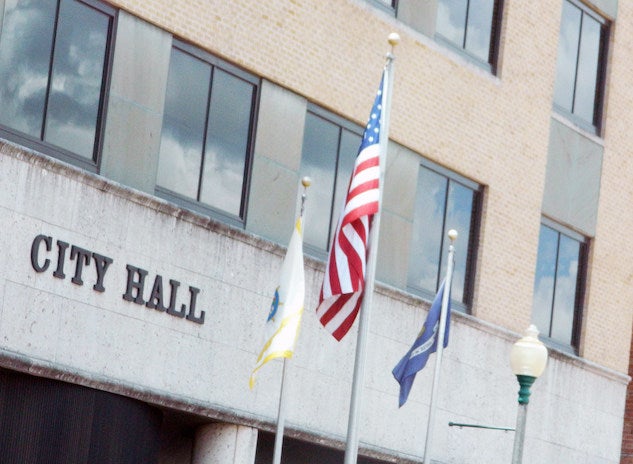Pelican Institute touts school choice program
Published 10:56 am Friday, March 29, 2024

- (Metro Creative Services)
Only one-third of Louisiana’s 800,000 school-aged children in the public school system are on grade level, according to the state’s latest assessment. Erin Bendily, VP Pelican Institute Policy and Strategy believes that giving families more say in how and where their children are educated – and providing the funds to make changes – could improve the state’s rankings and “ensure that every child in the state has access to quality education that meets his or her unique needs.”
Bendily spoke at the Republican Women of Southwest Louisiana luncheon Thursday about how the school choice program – also referred to as education freedom, education savings account and most recently Louisiana Giving All Ture Opportunity to Rise (LA GATOR) scholarship program – might work based on legislation from the House and Senate that’s already made its way to finance committees.
Bendily is the mother of a 15-year-old who has been enrolled in public, magnet and private schools and daughter of a teacher. She lauded educators who have worked hard to make improvements. Louisiana moved up from 46 to 41 in its PreK-12 ranking between 2019 and 2023.
“I think the frustrating thing is, that while we have seen growth and want to acknowledge the hard work of educators that make that possible, we still have a long way to go,” Bendily said.
The school choice program would, on a voluntary basis, allow a family to determine if they want monies in their child’s education account to pay for private school tuition and fees., develop a home-based program, pay for a tutor, or educational therapies, for example. Parents might still have to pay out-of-pocket, in addition to the funds in the child’s account, depending on what they want for their child. Local, state and federal funds total $13,000 per child now. The amount that parents would be able to access for their child’s education via a school choice program is $15,000 for parents of children with significant cognitive disability, $7,500 for parents who are at 250 percent of the poverty level guidelines or lower. All others would receive $5,000 per student.
Local revenue and federal funding will still go to public schools. In communities where public schools are doing a great job, Bendily doesn’t expect as much participation in the program.
It’s not going to defund or bankrupt schools, she said. “These programs have been around in many other states for many years. We don’t have a single case of a school being emptied due to a school choice program.”
The program would be phased in over a three year period. The first year, which would be the ‘25-’26 school year, only certain student groups would be eligible, children of low-income families, entering kindergarteners and families currently participating in the voucher program because the state has already made a commitment to them. In year two, all of those students plus families that have an income of up to 400 percent of the poverty guidelines would be allowed to come in.
“In year three, legislation says the program would be universal,” Bendily said. “That means everybody.”
Monies would be appropriated, unlike in Arizona, the only state of 11 that is having trouble financing its school choice program. In Louisiana, whatever is available is what will be provided. If fewer parents participate, the state could have some excess money to return to the general fund. If demand is greater than anticipated, the state will fund school choice on a first come, first serve basis.





